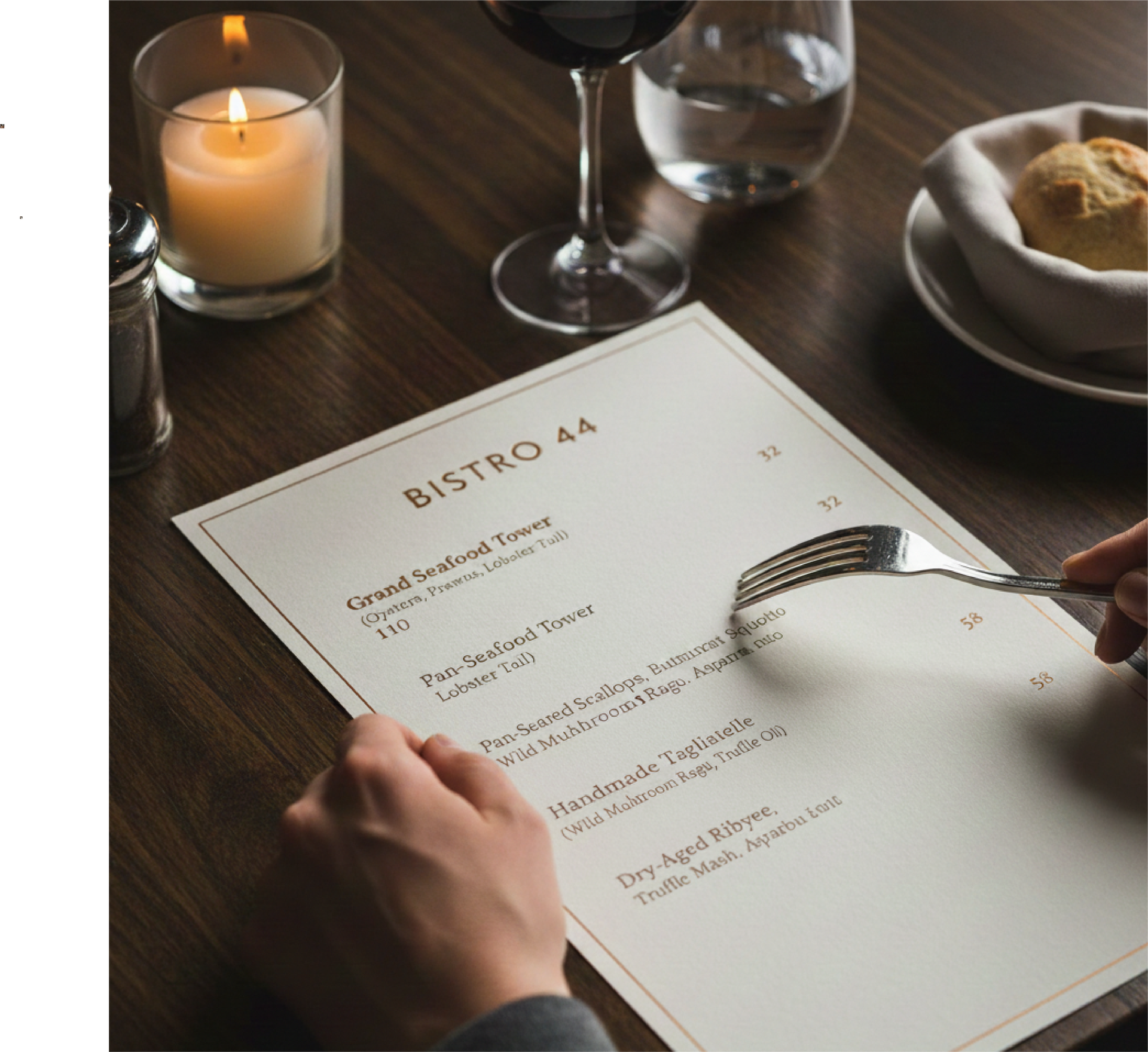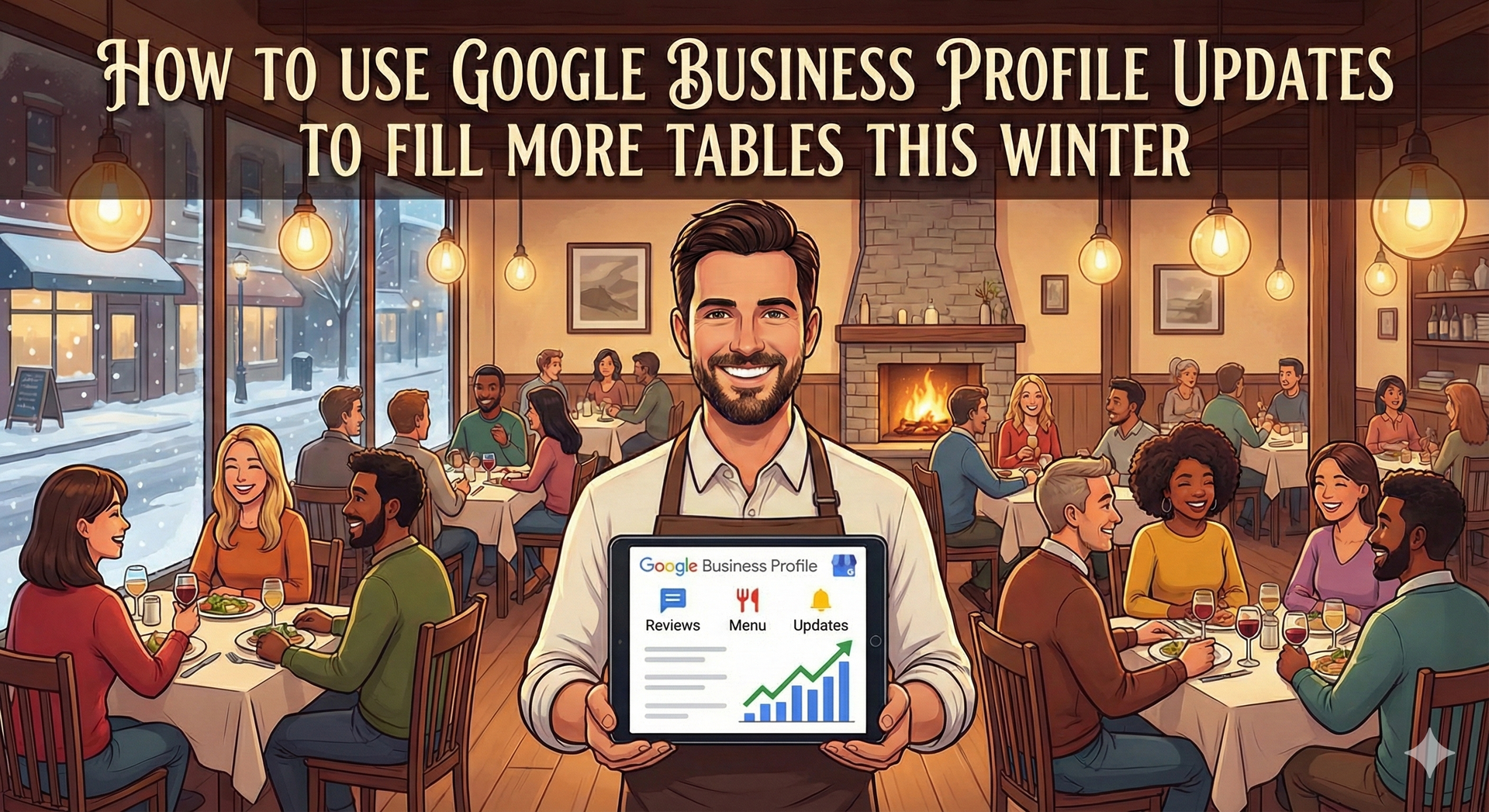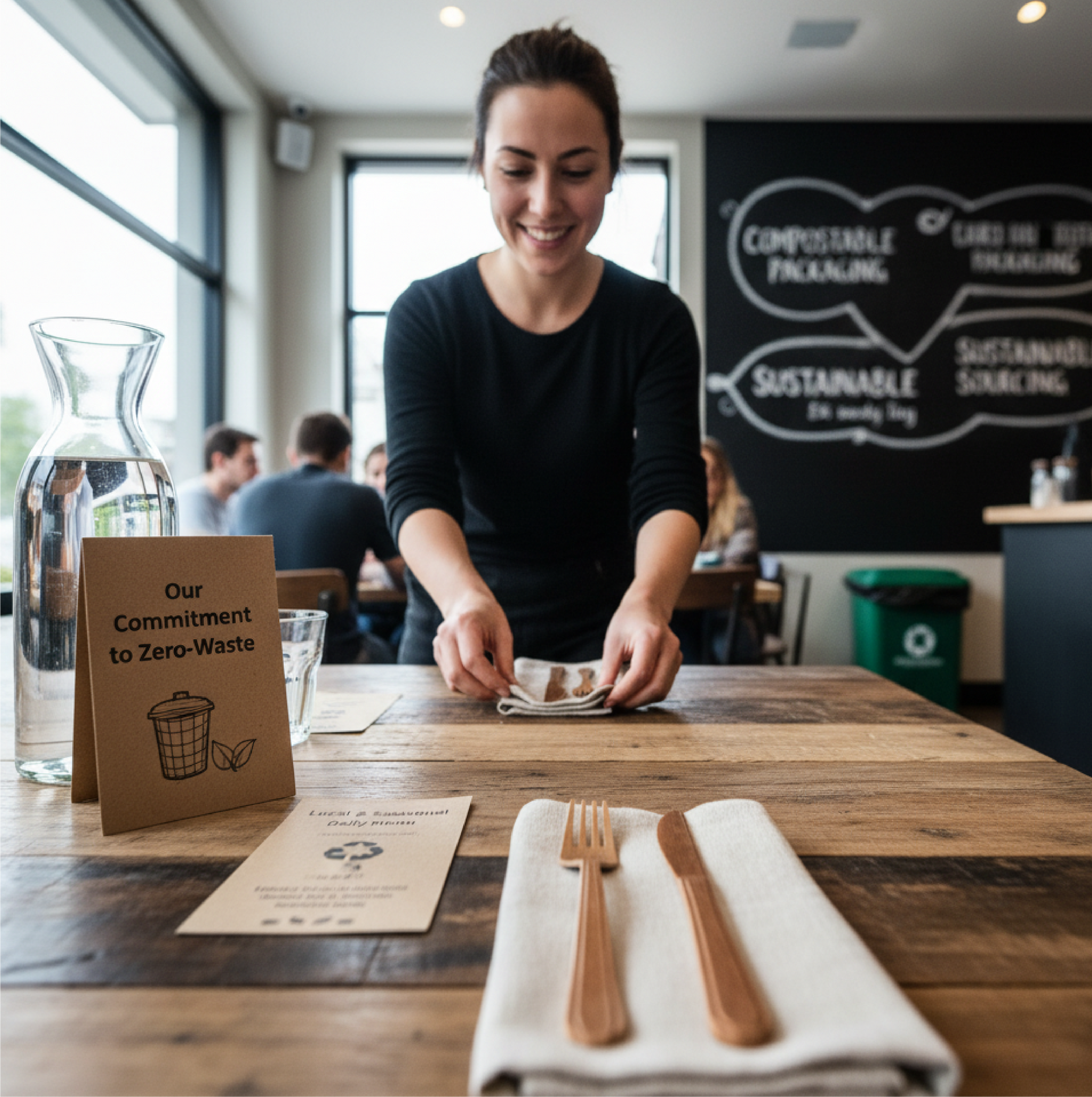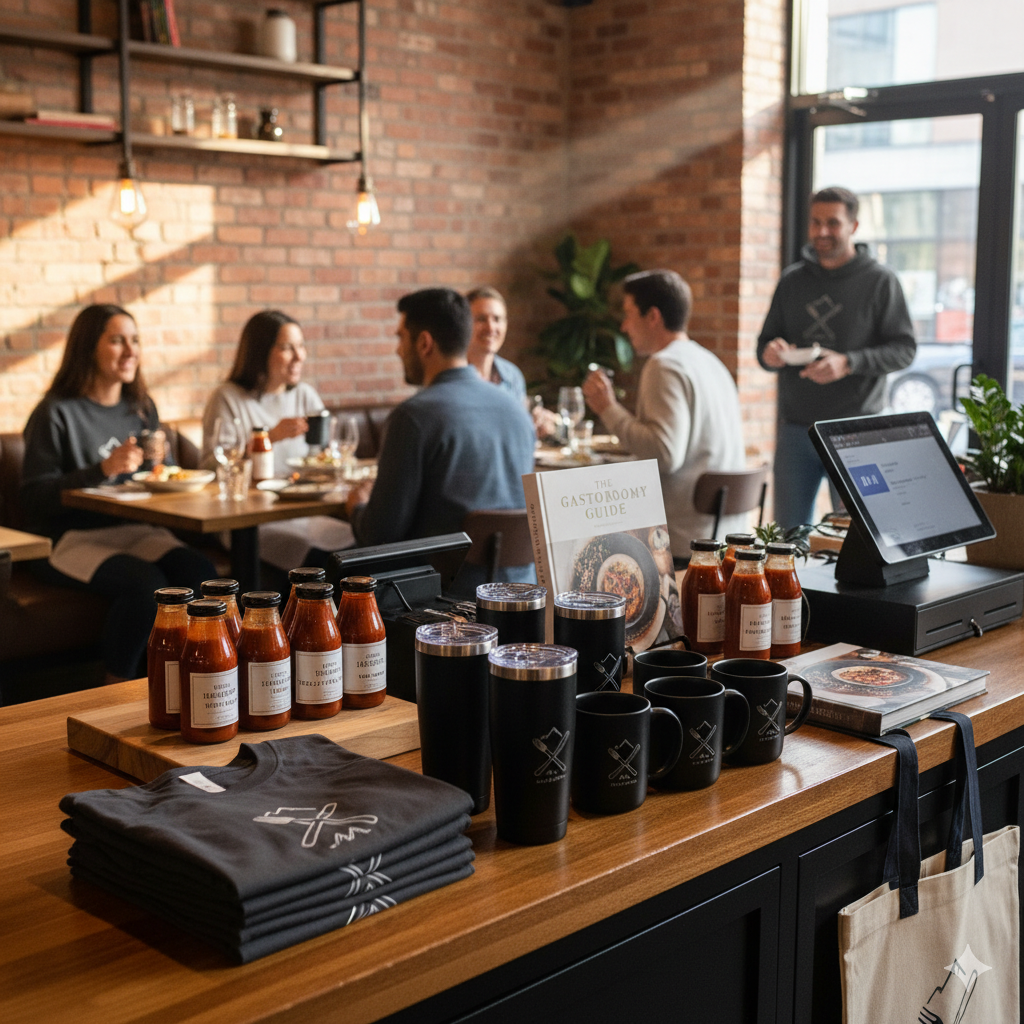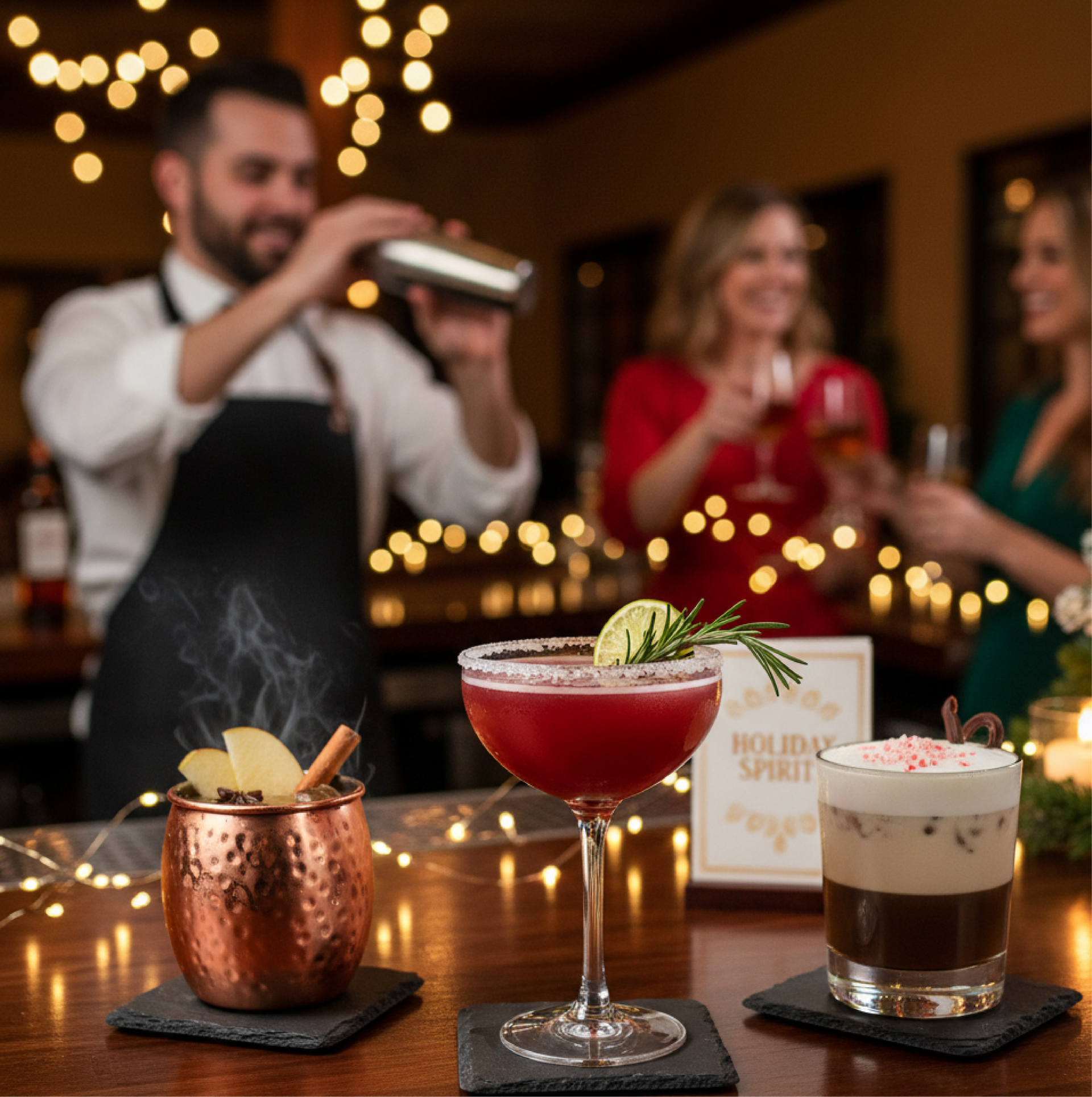Blog
The Next Era of Social Media Marketing for Restaurants
Social media is an essential component of restaurant brand marketing plans.

Social media continues to be one of the best marketing channels of the century. Social media is an essential component of restaurant brands’ marketing strategies. 90% of marketers say that social media marketing has increased their business exposure.1 However, as technology continues to change rapidly, so do social media and digital marketing. Tactics that are being used now, may not generate the same results as they did a few months ago.
Brands and businesses need to realize that consumer behavior is constantly changing and there are always new social media platforms that are being made and current ones that frequently change their features. With that being said, marketers must adjust their tactics to better fit the frequent changes in social media platforms and consumer behavior to reach their target audience successfully.
User-generated content vs. Traditional advertisements
According to Jon Simpson, “digital marketing experts estimate that most Americans are exposed to around 4,000 to 10,000 ads each day.”2 Traditional marketing isn’t the same as it used to be. Many consumers can tell when they’re being pushed to buy a product and they become very dismissive. However, with social media and digital marketing, people are a little more accepting of these advertisements thanks to cookies and the ability for brands and businesses to push the right ads to their target audience’s timelines.
User-generated content is the best way to increase brand awareness such as a video, GIF, or an intriguing picture that includes a link to the brand’s website.
Video content
Video content has been the most popular amongst consumers. Platforms such as YouTube, TikTok, Snapchat, and Triller are some common apps that brands use to promote their products and services. However, it’s important to note that each platform may have a different target audience from your brand’s target audience on Instagram and Facebook.
TikTok’s platform consists largely of Gen-Z and Millennials. Both generations have different needs, so it’s important to track what kinds of videos are doing well on your page and who is watching your videos.
Moreover, video content is very important in social media marketing in 2021 and will continue in 2022. According to many experts, video content increases brand engagement by a large percentage in recent years.
“84% of people say that they’ve been convinced to buy a product or service by watching a video content from a brand.”3
66% of people said that they prefer shorter videos and studies show that 54% of consumers want to see more videos from their favorite brands and businesses.4
According to Jordan Stella, “repurposing is the key to getting the most out of [a] video. From conception to shooting, we plan a strategy that multiple formats and versions will be made.”5 Video content is another good way to showcase your brand’s personality through video. This helps build a connection with your consumers and it will lead to conversation.
“Video marketing is a great way of increasing brand engagement through the compelling narration of your brand story, and it should be a strategy employed by all brands seeking to increase their visibility, as well as draw in more loyal customers.”6
Even so, video content doesn’t necessarily mean creating a professional video and posting it on your brand’s social media platform. Live videos such as Facebook Live, Instagram Live, and TikTok live are a great way to show your brand’s authenticity.
“81% of marketers who used Facebook Live found it to be an effective strategy.”7
Influencer Marketing
Influencer marketing, when it first started, was all about numbers and popularity. This isn’t the case anymore. People are looking for authenticity and honesty from the people they follow, which is why micro-influencers who have a highly engaged following are the most valuable form of influencer marketing. With their small following and high engagement, they have created a connection with their followers and have built trust.
Social media platforms and trends
According to Caroline Forsey, she predicts that there will be 10 trends marketers should look out for in the upcoming year with TikTok being the top trend to take off in the digital marketing world. TikTok is a relatively new platform that has dominated the social media space and will continue to do so in 2022. TikTok’s growth has skyrocketed with over 3 million global downloading in 2020 and 2021. Brands are taking advantage of the creative and humorous app to showcase their brand personality and reach a new audience.8 The app is dominated by Gen-Z and Millennials. Therefore, if your brand is looking to reach a younger, tech-savvy audience, TikTok is the best place to do so.
Social media isn’t only used for entertainment purposes anymore. “79% of people say that user-generated content on social media significantly impacts their purchasing decisions.”9 Apps such as Instagram, TikTok, and Facebook have a “shop” option available for business pages on their platforms. This allows consumers to shop directly on the app they’re on. These apps allow a feature for consumers to share the product or service with a friend on the app through direct messages as well. This will greatly benefit marketers in the upcoming year because it makes it easier to keep tabs on social analytics and help brands and businesses grow on different platforms.10
The Next Era
Technology is constantly changing, along with social media platforms, which means digital marketing must adjust to the rapid changes as well. Social media marketers should continue to research the trends popular on social media platforms such as Instagram, TikTok, Facebook, and Twitter. Gaining insight from these social media platforms has made it easier for marketers all around the world.
Goliath Consulting Group is a restaurant consultancy group based in Atlanta, Georgia. For more information on our services visit www.goliathconsulting.com
or email us at getresults@goliathconsulting.com
References
1. https://www.forbes.com/sites/forbescommunicationscouncil/2020/11/10/the-next-era-of-social-media-mar...
2. https://www.forbes.com/sites/forbesagencycouncil/2017/08/25/finding-brand-success-in-the-digital-wor...
3. https://upcity.com/experts/video-increases-brand-engagement/
4. Ibid
5. Ibid
6. Jordan Stella, “How Video Increases Brand Engagement: According To The Experts,” UpCity, August 21, 2020, https://upcity.com/experts/video-increases-brand-engagement/
7. Jordan Stella, “How Video Increases Brand Engagement: According To The Experts,” https://upcity.com/experts/video-increases-brand-engagement/
8. https://blog.hubspot.com/marketing/social-media-predictions-2017
9. Caroline Forsey, “10 Social Media Trends Marketers Should Watch in 2022 [Data + Expert Tips],” HubSpot, November 30, 2021, https://blog.hubspot.com/marketing/social-media-predictions-2017
10. Caroline Forsey, “10 Social Media Trends Marketers Should Watch in 2022 [Data + Expert Tips],” https://blog.hubspot.com/marketing/social-media-predictions-2017

